Join us as we take a closer look at 13 different species of birds of prey that you can spot in Italy.
Italy is home to a spectacular array of birds of prey, each as striking and remarkable as the last. Our feathered friends are not just songbirds and pigeons. They’re a stunning display of talons, feathers, and keen eyes, keeping the ecosystem in balance while adding their own touch of drama.
Let’s take a look at 13 different species of birds of prey that you can spot in Italy!
1. Bonelli’s Eagle (Aquila fasciata)
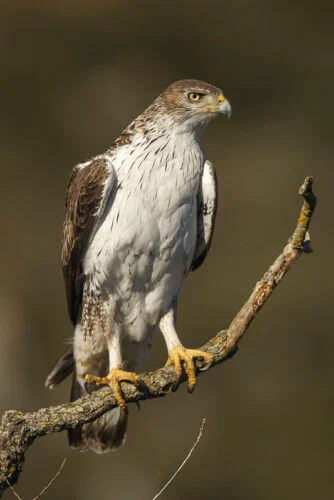
First on our list is the Bonelli’s Eagle. This handsome eagle is medium-sized with a dark upper body and a white belly and legs, stylized with dark streaks. Their lunch of choice usually includes medium-sized birds and mammals. Spot them in hilly and mountainous regions, particularly in Sardinia and Sicily.
2. Golden Eagle (Aquila chrysaetos)
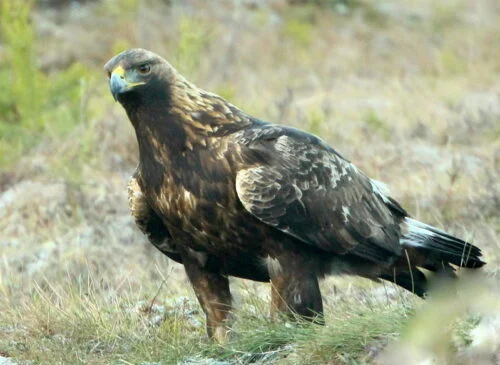
Second on our list is the bird that’s considered the “king of the sky.” The Golden Eagle, with its 7-foot wingspan, could easily block your sun if it flew overhead, giving a literal meaning to ‘being in the shadows.’ Sporting a regal brown plumage with golden highlights, these avian monarchs feast primarily on mammals such as rabbits and marmots. Spot them in mountainous regions like the Apennines and the Alps, where they perform their royal duties, like keeping the rodent population in check. Remember, no autographs, please!
3. European Honey Buzzard (Pernis apivorus)
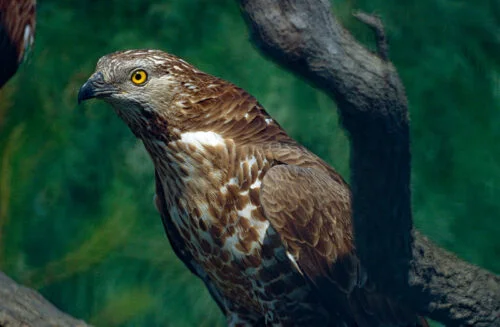
With a name like ‘Honey Buzzard,’ you might think this bird is into sweet treats. But nope! These guys are fascinated by bees and wasps. They have a dull brown or grey appearance, and their love for honey might make you think of them as the ‘Pooh Bears’ of the raptor world. Except Pooh never had to deal with stinging insects! You can see these unique gastronomes all over Italy, except perhaps during winter when they escape the cold for tropical Africa.
4. Eurasian Sparrowhawk (Accipiter nisus)
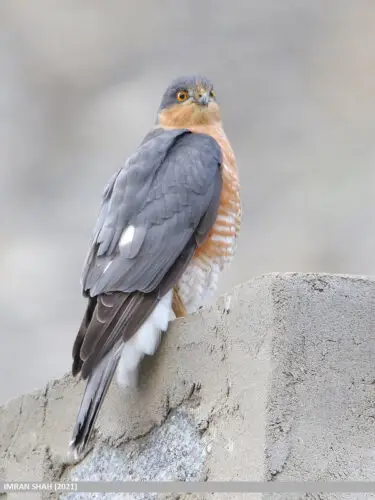
These compact raptors are the ninjas of the bird world. Their slender bodies and short wings are perfect for zipping through forests, ambushing unsuspecting songbirds. Sparrowhawks have a palette of blue-grey backs and white underparts, often accessorized with brown stripes. While these birdies are not picky eaters, their diet mainly consists of other small to medium-sized birds. Catch them in the woodlands and even suburban areas across Italy. And remember, a Sparrowhawk in your garden means less pigeons on your roof!
5. European Kestrel (Falco tinnunculus)
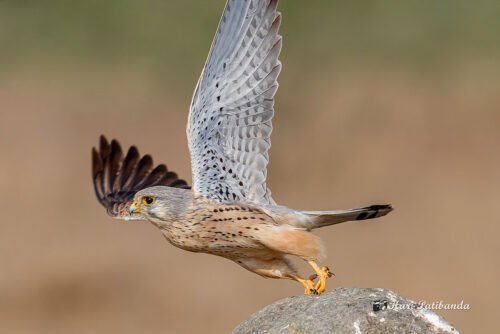
The European Kestrel is an accomplished mouse hunter and air-hover expert. Dressed in warm brown with a grey head and tail, these birds are often seen defying gravity by hovering over open fields, highways, and, less romantically, landfill sites. They drop onto their prey like the sky’s giving out free mice! While their diet consists mainly of small mammals, they’re not shy about indulging in a little bird or insect now and then.
6. Short-toed Eagle (Circaetus gallicus)
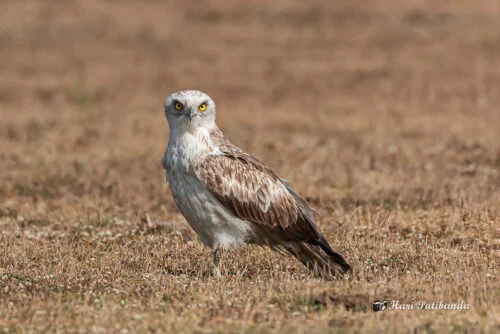
This raptor is a snake’s worst nightmare. The Short-toed Eagle is so fond of reptiles that it could qualify for a role in a Samuel L. Jackson movie. With a creamy-white underside and brownish upperparts, this bird might not win the avian beauty contest, but its snake hunting abilities are top-notch. They can be found in woodland and forest edges across Italy, giving a whole new meaning to the phrase, “snake in the grass.”
7. Red Kite (Milvus milvus)
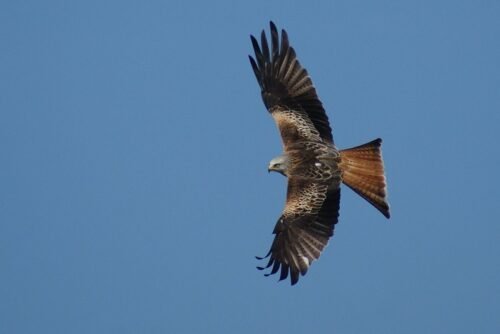
A cousin of the Black Kite, the Red Kite, sports a rusty-red body, a grey head, and a deeply forked tail. These beautiful birds are scavengers and will feed on a variety of food, including carrion, small mammals, and, occasionally, the contents of your unattended picnic basket! In Italy, they are mainly found in open woodlands and grasslands.
8. Black Kite (Milvus migrans)
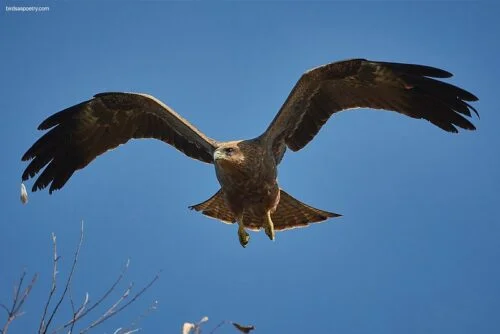
Don’t let the name fool you. This bird isn’t out for a leisurely kite-flying session. The Black Kite is one of the most skillful fliers, with a notable forked tail, a brown body, and a slight reddish tint to their plumage. These fellows are opportunistic feeders, happy to dine on a broad menu from rodents and rabbits to roadkill and waste. Spot them near bodies of water, and you might just witness their spectacular fishing skills.
9. Common Buzzard (Buteo buteo)
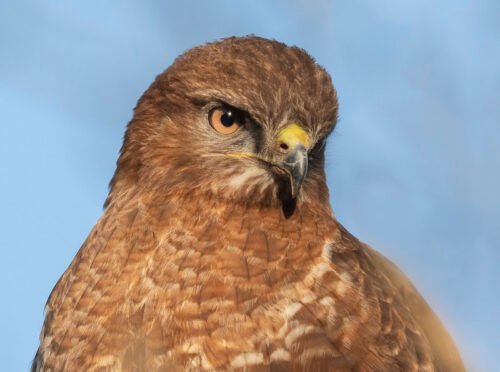
Nothing ‘common’ about these fellas except their name. Buzzards are like the ‘Everyman’ of birds of prey. Medium-sized with a chunky build, they sport a brown body, a rounded tail, and when it comes to dinner, they’ll have what you’re having! They’re not too fussy and will munch on small mammals, birds, and carrion. You can see them almost everywhere in Italy, from the Alps to the rolling hills of Tuscany.
10. Peregrine Falcon (Falco peregrinus)
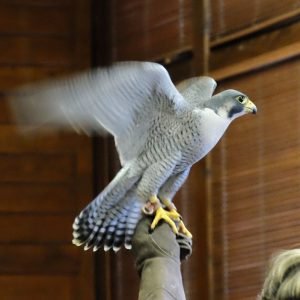
The world’s fastest bird zips into second place. Peregrine Falcons, or ‘aerial cheetahs,’ can reach speeds of up to 240 mph during their hunting stoop (high-speed dive). They sport a dark blue-gray back and a slightly paler belly, with a ‘moustache’ that would make any hipster green with envy. They love snacking on other birds mid-flight, but unlike your favorite Italian dish, they prefer their meals feathered, not breaded. In Italy, city dwellers and coastal residents alike might spot these agile aviators, as they’ve adapted well to both urban and natural environments.
11. Northern Goshawk (Accipiter gentilis)
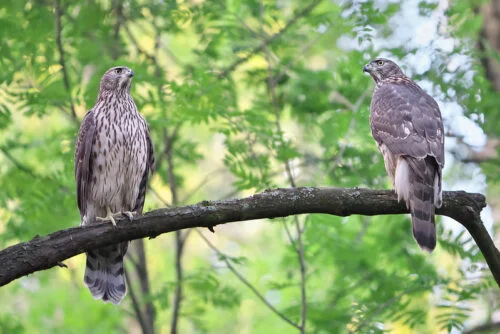
Goshawks are big, powerful birds, with a bluish-grey back and finely striped underparts. They enjoy a varied diet of mammals and birds and have a knack for spectacularly ambushing their prey. Find them in the vast, mature forests across Italy, and remember, they’re anything but ‘gentle.’
12. Lesser Kestrel (Falco naumanni)
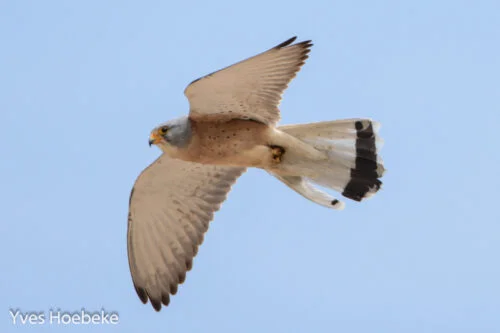
‘Lesser’ is a bit harsh. These small falcons have a warm, earth-toned plumage, and they feed primarily on insects, giving a whole new meaning to ‘fast food.’ In Italy, you can spot them in open countryside, pastures, and even in urban settings, where they often nest on buildings. So, no excuses, urban birdwatchers!
13. Marsh Harrier (Circus aeruginosus)
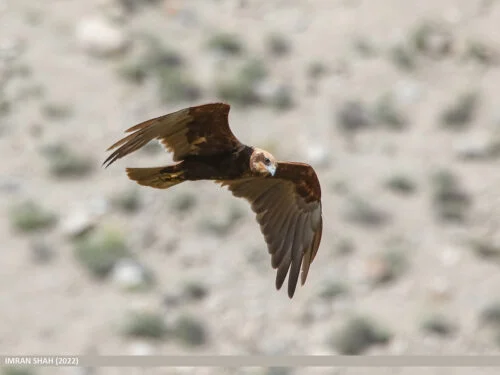
Now, here’s a raptor that loves a good swamp story. Marsh Harriers, with their slim bodies, long tails, and long wings, are built for a life in wetlands. Their diet? A bit of this, a bit of that, ranging from small mammals, birds to amphibians. You can find these wetland-loving raptors all over Italy’s marshes and reedbeds.
